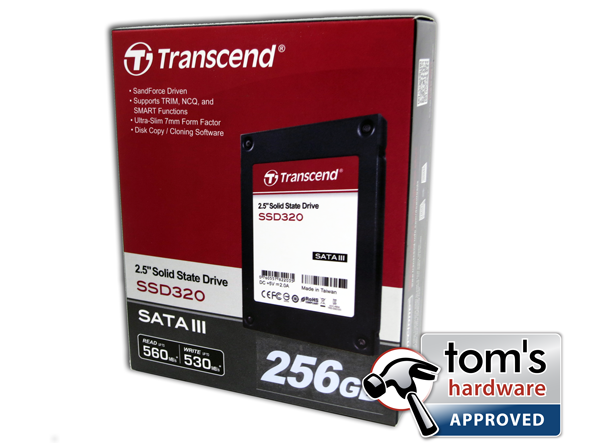Time To Upgrade: 10 SSDs Between 240 And 256 GB, Rounded Up
10 New SSDs: What Does It Take To Turn Heads?
Despite the fact that the previous page shows us performance, in many cases, is very close between SSDs in a desktop-oriented workload, there is still a lot of exciting stuff happening in the SSD space.
To begin, we're in the midst of another generational evolution in NAND. We recently published Intel SSD 335 240 GB Review: Driving Down Prices With 20 nm NAND, and, well, the big news was right there in the title. Incidentally, the company circled back with us regarding the disappointing endurance numbers we reported to let us know that its MWI is bugged out and will be fixed in an upcoming firmware revision. More on that soon.
Then there's the new Samsung 840 Pro (Samsung 840 Pro SSD: More Speed, Less Power, And Toggle-Mode 2.0), which also utilizes 20 nm-class NAND and really impresses us with chart-topping performance and low power consumption.
But what about all of these new drives in today's story? Well, aside from Corsair's Neutron family, which features a new controller, pricing is the biggest variable to consider. Last month, 240/256 GB SSDs started to drop under the $1/per GB threshold. Although most folks agonize over the performance of SSDs, pricing and endurance are both issues taking precedence when we make recommendations.
| SSD | Market Price | Price Per GB |
|---|---|---|
| Adata Premier Pro SP900 256 GB | $185 | $0.72 |
| Adata XPG SX900 256 GB | $190 | $0.74 |
| Corsair Neutron 240 GB | $220 | $0.91 |
| Corsair Neutron GTX 240 GB | $250 | $1.04 |
| Monster Daytona 240 GB | $200 | $0.83 |
| PNY XLR8 240 GB | $195 | $0.81 |
| PNY XLR8 Pro 240 GB | (unavailable) | - |
| SanDisk Extreme 240 GB | $190 | $0.79 |
| Transcend SSD320 256 GB | $175 | $0.68 |
| Transcend SSD720 256 GB | $225 | $0.88 |
Had these drives been available a year ago, they probably would have sold for somewhere in the $2/GB range. No doubt, paying $200 or more for 240 GB of capacity is still a painful thought, given the 3+ TB hard drives available for even less. But the fact that a gigabyte of solid-state storage costs a fraction today than what it did previously is great news. We no longer feel compelled to suggest dinky 60 or 80 GB drives. Even a mainstream machine can make room for a 128 GB SSD, and the handful of sub-$200 drives in the chart above are particularly exciting.
Of course, we're looking forward to this time in 2013 when we will hopefully see advances in manufacturing technology cut into what a 240 or 256 GB SSDs costs.
For now, though, we're particularly impressed with the composition of Transcend's 256 GB SSD320 and its $175 price tag. That's not bad at all for a quick drive with a second-gen SandForce controller. Unfortunately, it's tough to find by that name on Newegg's site, so here's the link right to its product page.
Get Tom's Hardware's best news and in-depth reviews, straight to your inbox.
We're not altogether bothered by the asynchronous NAND that Transcend uses to push the price of its drive down, but the benchmarks do demonstrate that it's slower. If you'd prefer to pay a little more for faster memory, Adata's XPG SX900 leverages synchronous ONFi-compatible NAND and sells for just $15 more.
Given attractive price tags, performance levels where we want them to be, and satisfactory three-year warranty periods, both the Transcend and Adata drives receive Tom's Hardware Approved recognition. We'd also like to recognize Corsair for guaranteeing its Neutron-series SSDs for five years. They're pricier, but the extra coverage may be worth the price premium.
Current page: 10 New SSDs: What Does It Take To Turn Heads?
Prev Page Should You Care About Over-Provisioning On A SandForce-Based SSD?
